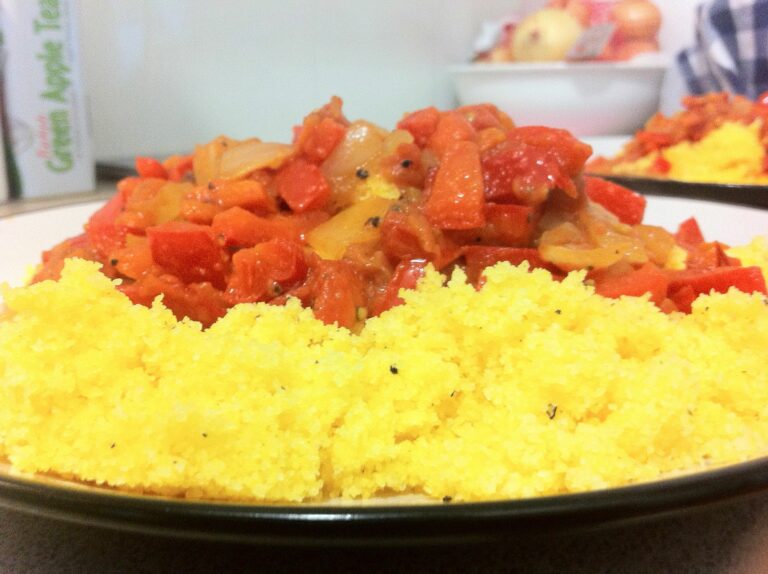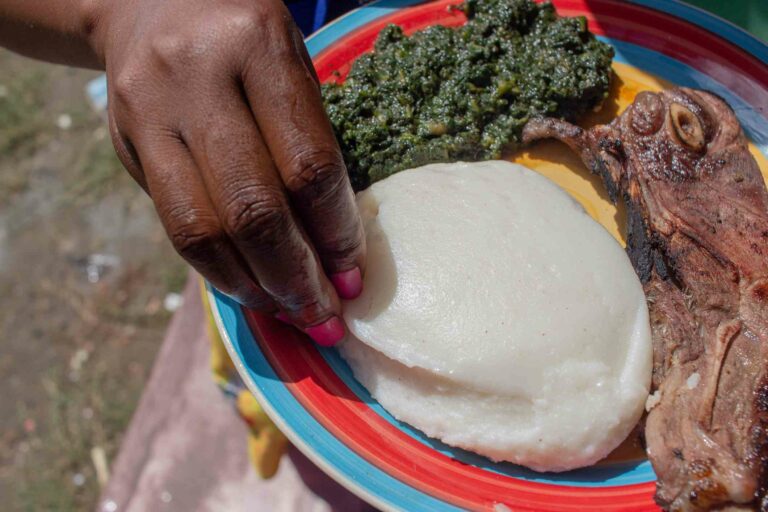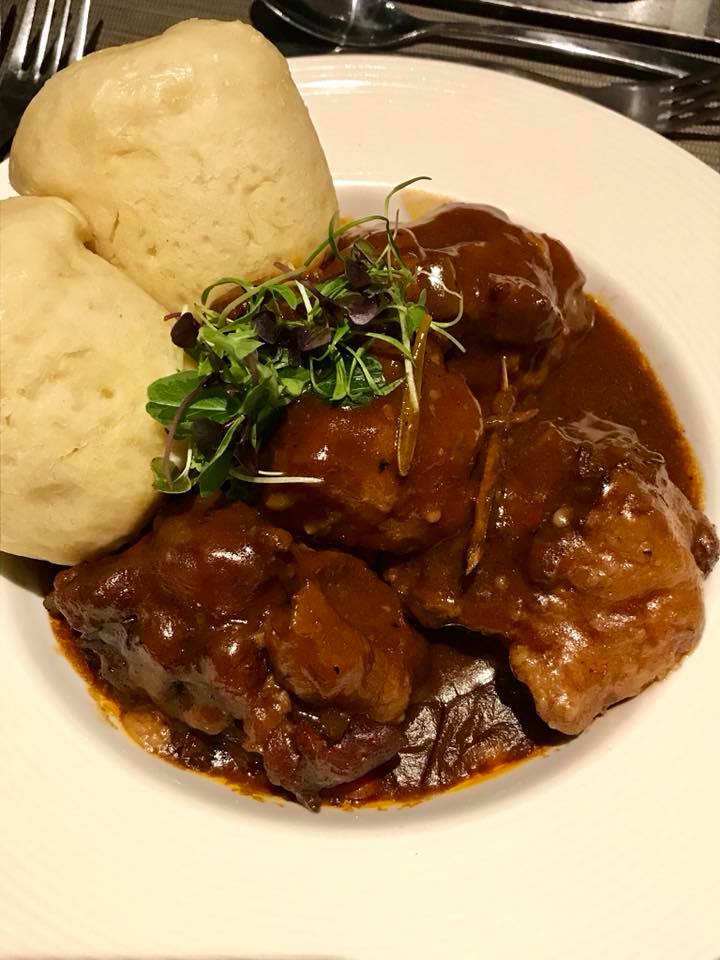Introduction: Lesotho’s agricultural practices
Lesotho is a small landlocked country located within the borders of South Africa. Agriculture is a significant component of the country’s economy, with almost 80% of the population engaged in agriculture-related activities. The country’s mountainous terrain and temperate climate make it ideal for farming, and its agriculture practices are closely tied to traditional farming techniques.
The staple crops of Lesotho
Maize, sorghum, and beans are the staple crops of Lesotho. These crops are grown in high altitudes and often on terraced fields. Sorghum and maize are used to make porridge, a popular breakfast dish in Lesotho. The porridge is served with a variety of toppings, including boiled beans, pumpkin, and spinach. Beans are also used to make soups and stews, which are commonly served as a main course.
Traditional dishes and their ingredients
The most popular traditional dish in Lesotho is called pap and vleis. It consists of a thick maize porridge served with grilled or roasted meat. The meat is usually beef, chicken, or mutton, and it is marinated in a mixture of spices and herbs before cooking. Another popular dish is called moroko, which is a stew made with boiled cabbage, tomatoes, and onions. It is often served with pap.
The role of livestock in Lesotho cuisine
Livestock play an essential role in Lesotho cuisine. Cattle, sheep, and goats are raised for their meat, milk, and wool. Meat is a staple food in Lesotho, and it is often served with pap. Milk is used to make sour milk, which is a popular ingredient in many traditional dishes. Wool is used to make blankets, which are an important part of Lesotho’s culture.
The impact of Lesotho’s terrain on cuisine
Lesotho’s mountainous terrain has a significant impact on its cuisine. The country’s high altitudes and cool temperatures make it ideal for growing crops like maize and sorghum. The terraced fields are also used for farming, which helps to conserve soil and water. The country’s terrain also makes it challenging to transport food, which means that many traditional dishes use locally sourced ingredients.
Modern influences on Lesotho’s cuisine
Modern influences are starting to make their way into Lesotho’s cuisine. For example, fast food chains have become more prevalent in urban areas, and international foods like pizza and burgers are becoming more popular. Additionally, the country’s growing tourism industry has brought new foods and flavors to Lesotho. However, traditional dishes continue to be an important part of the country’s culinary heritage.




